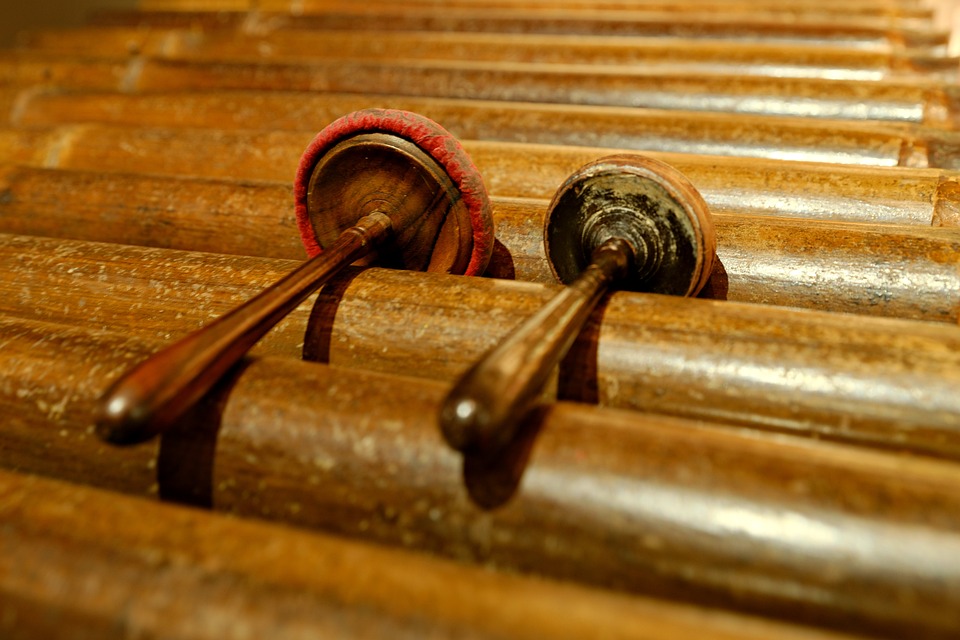Exploring the History and Cultural Significance of Traditional Instruments Around the World
Music is a universal language that transcends boundaries and connects people from all walks of life. Traditional instruments play a crucial role in preserving and showcasing the unique cultural heritage of various societies around the world. These instruments have rich histories and hold deep cultural significance, often serving as a link to the past and a source of pride for communities.
Africa
In Africa, traditional instruments such as the djembe, kora, and balafon have been used for centuries to create powerful and rhythmic music that reflects the rich cultural diversity of the continent. The djembe, a goblet-shaped drum with origins in West Africa, is known for its deep and resonant sound that can carry for miles. It is often used in traditional ceremonies, dances, and celebrations.
The kora, a stringed instrument resembling a harp, is another popular traditional instrument in Africa. Originating in West Africa, the kora is often played by griots, or storytellers, who use it to relay tales of the past and present. The balafon, a wooden xylophone-like instrument, is also commonly used in African music, adding a bright and cheerful tone to traditional melodies.
Asia
Asia is home to a wide variety of traditional instruments that have been passed down through generations and continue to play a significant role in cultural expression. The sitar, a long-necked stringed instrument from India, is perhaps one of the most well-known traditional instruments from Asia. It is often associated with Indian classical music and is renowned for its complex melodies and intricate patterns.
Another popular traditional instrument in Asia is the guzheng, a Chinese zither with a history dating back thousands of years. The guzheng is often used in Chinese traditional music and is known for its soothing and melodic tones. In Japan, the shakuhachi, a bamboo flute, is a traditional instrument that has been used in meditation and spiritual practices for centuries.
Europe
Traditional instruments in Europe vary greatly depending on the region and culture, with each country boasting its own unique musical heritage. In Ireland, the fiddle is a popular traditional instrument that is often used in traditional Irish folk music. The bodhrán, a type of frame drum, is another traditional Irish instrument that adds a rhythmic element to traditional tunes.
In Eastern Europe, the balalaika is a traditional Russian instrument that resembles a triangular-shaped guitar and is often used in Russian folk music. The accordion, with its origins in Germany, France, and Italy, is another popular traditional instrument in Europe that is often associated with traditional dances and festivals.
South America
In South America, traditional instruments such as the charango, pan flute, and maracas are commonly used to create vibrant and dynamic music that reflects the diverse cultural tapestry of the region. The charango, a small stringed instrument resembling a ukulele, is often used in traditional Andean music and adds a bright and lively sound to traditional melodies.
The pan flute, also known as the panpipes, is a traditional instrument that is played by blowing air across a series of tubes of varying lengths to produce different notes. It is commonly used in traditional music across South America, particularly in the Andean region. Maracas, a type of percussion instrument consisting of a hollow gourd filled with seeds or beads, are often used in traditional Latin American music to add a rhythmic element to songs and dances.
Oceania
Traditional instruments in Oceania, particularly in countries such as Australia and New Zealand, often reflect the close connection that indigenous peoples have to the land and the natural world. The didgeridoo, a traditional Australian instrument made from a hollowed-out tree trunk, is perhaps one of the most well-known traditional instruments from Oceania. It is often used in traditional Aboriginal music and is known for its deep and resonant drone-like sound.
In New Zealand, the Maori people traditionally use instruments such as the pūtātara, a conch shell trumpet, and the poi, a type of ball attached to a string that is used in traditional Maori dances. These instruments are deeply rooted in Maori culture and play a significant role in traditional ceremonies and rituals.
Conclusion
Traditional instruments around the world serve as a powerful reminder of the rich cultural heritage and history of different societies. They provide a link to the past and help to preserve and showcase unique musical traditions that have been passed down through generations. By exploring the history and cultural significance of traditional instruments from various regions, we can gain a deeper appreciation for the diversity and beauty of the world’s musical traditions.

Leave a Reply